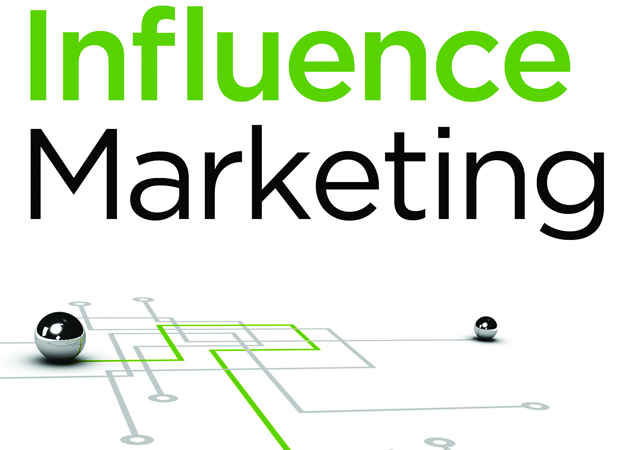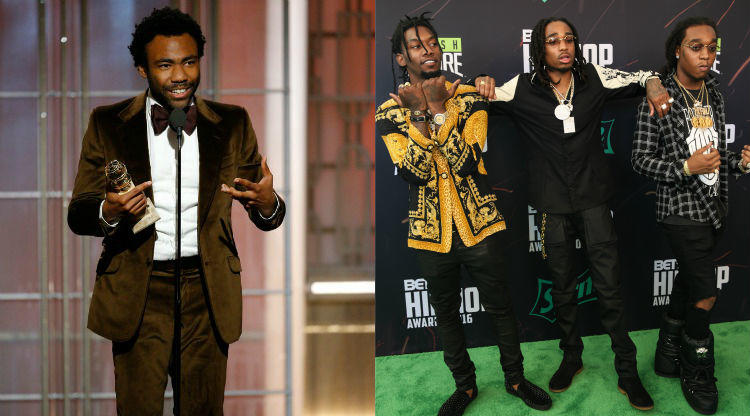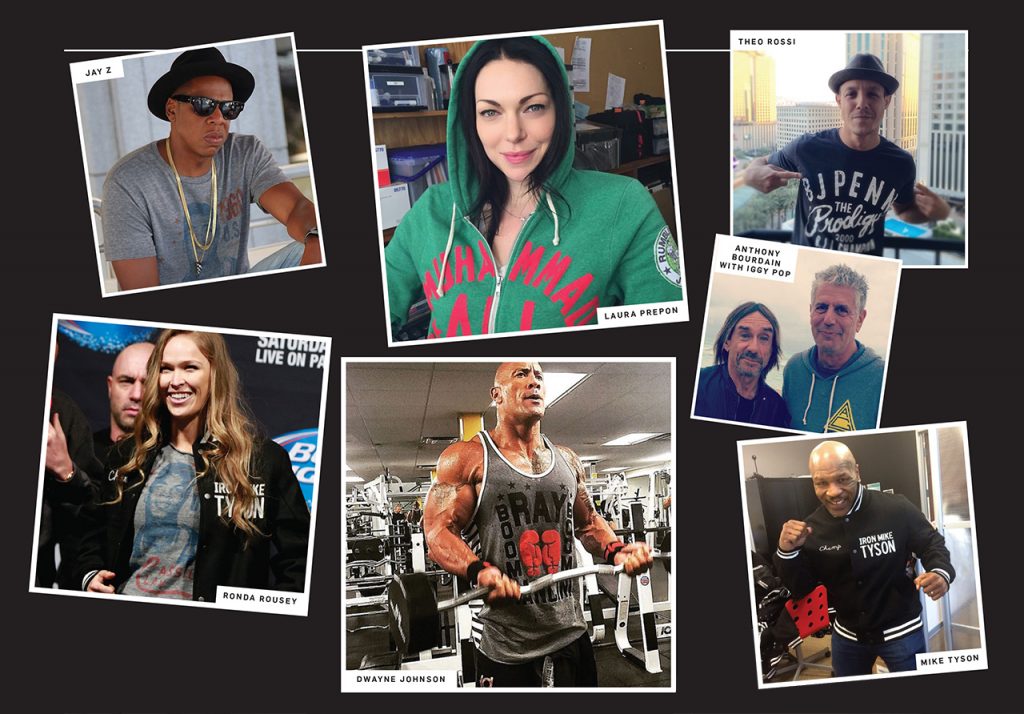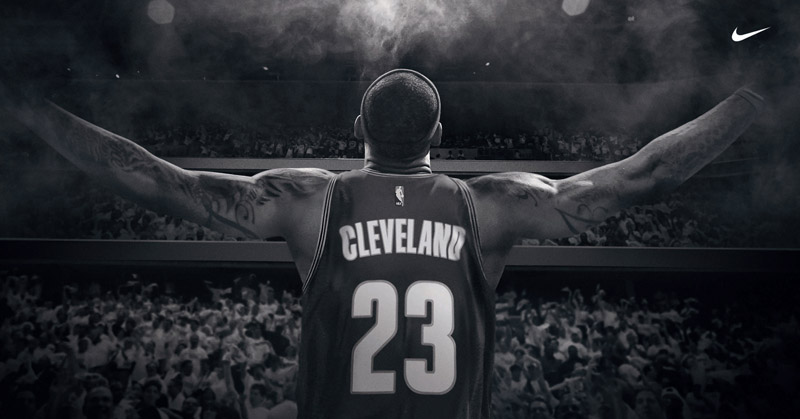
Personal Influencer definition
An influencer is a person who is knowledgeable and credible, with a leadership voice that encourages others in their decision making. In order to understand what makes a great social influencer, it’s important to list a few online social platforms that help identify key influencers.
Social Scoring Platforms
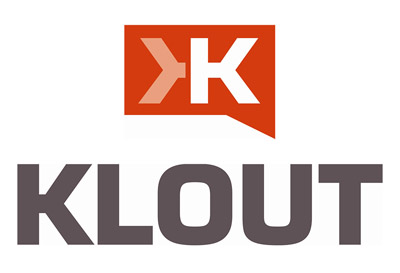
Klout is a grading score system from 1-100, that combines various social media accounts of a user and provides a ranking through their analytics system. The main key factors they consider in scoring are: online activity, how often your messages are amplified by others and how others perceive your influence.
Klout
| Pros | Cons |
| – The higher your Klout score can position you as a valuable influencer
– Can help recruiters and HR review talent personnel for hire – Higher score can lead to free product giveaways from companies |
– Klout scores can be gamed
– Algorithm system they use is not consistent – Their metric measurements are secretive – Useless for those not interested in Digital Marketing |
Klout’s scoring platform should not define the intelligence of an individual (example: Sam Fiorella being overlooked for a job because of a low Klout score). The way they capture information to determine their scoring system is not consistent. How they determine one person’s score is not a full representation of what that person’s true credentials are. Not recommended.

Kred provides two scores to a user which are known as influence and outreach. A recognized competitor to Klout, they provide an open source on how they collect their raw data in their scoring approach. Points score can increase when multiple people engage with your content.
Kred
| Pros | Cons |
| – Provides a secondary score (Outreach)
– Better detailed dashboard, broken down into categories like social mentions, community influence, 30-day follower trends – Open collection data methods |
– Too much data offered
– Accuracy of top influencer reports are questionable – Collects information of users and sells them off to advertisers |
Kred offers some great value and would be recommended to identify influencers for brands. They have a breakdown of various metrics, segmented and targeted – this information is a goldmine for brands. The only alarming drawback for consumers is that Kred acts more in a consultancy role by taking their information and selling them to advertising companies.
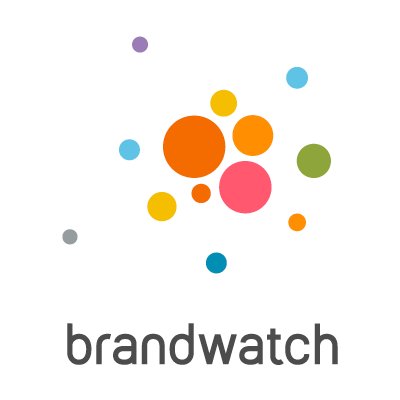
Brandwatch focuses on the 3 A’s (Activity/Audience/Authority) to calculate their scores.
Brand Watch
| Pros | Cons |
| – Reliable resource tracker for Twitter
– Focus more on relevance and insight – Assists smaller businesses with reaching larger audiences at affordable rates |
– Originally collected data only from Facebook, Quora, Twitter, LinkedIn
– Formerly PeerIndex now merged with Brandwatch, could mean too much data becoming overwhelming – B2B product geared for marketers |
Brandwatch has value for both brands and users themselves. They allow the user to control certain aspects of the data in their profile account. They also provide information to the user on which brands have their information. Another reason why Brandwatch differs from Klout and Kred is that they get away from the egocentric influence. They have removed the search function to see other people’s scores.
Do Social Scoring Platforms have a negative impact on social engagement?
Yes, Social Scoring Platforms put the wrong emphasis in their grading of social profiles. There are some factors that just can’t be measured, regardless of what algorithm they come up with. There is an intelligence behind the individual that is not measured by the social scoring platform and it can have a shameful projection for others. A person should not solely be evaluated for how high or how low their social score is.
There is more to that person that what a computer defines their score. The system is flawed and can be gamed. It can be misled and ultimately produce some obscure scoring number that isn’t reasonable. What would our world look like if human resource departments relied on a person’s social media score to hire them? Imagine having people in powerful positions who are not educated or experienced enough to handle the regular rigors of the job, yet they were hired because their Klout score was 89? It makes no sense. Until they can come up with a scoring process that is more accurate, society should not depend on them at all.
Two Social Influencers making a lot of noise
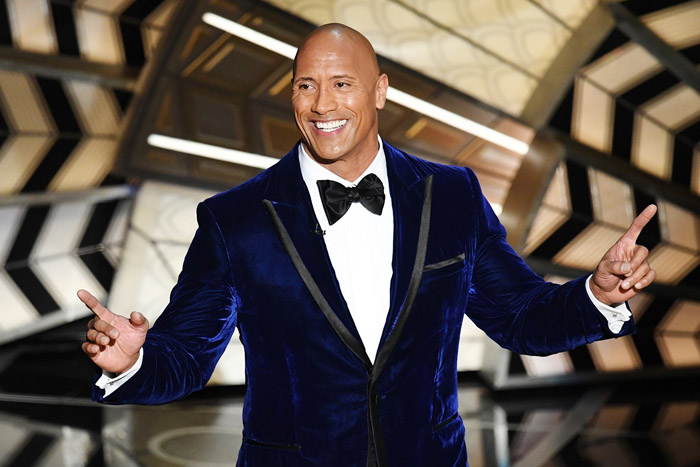
Dwayne “The Rock” Johnson is a former professional wrestler turned successful full time actor. A major part of his appeal is his ability to connect with his audiences, whether it be in the ring or on the big screen. He represents the ideal public persona who embraced social media at a time when actors shied away from it, not realizing the potential it could bring. His three main social channels of Facebook/Instagram/Twitter have a combined total of 144.7 million followers.
He is regarded as a social influencer not solely for just giving his followers behind the scenes access to his film projects. But rather instead, he promotes positive inspirational messages with a healthy active fitness lifestyle. Whether it’s sharing an embarrassing story of himself in his teenage years, or getting up at 4am to start his day with intense cardio, he continues to stay in touch with his audience by being transparent and authentic. He has been using social media consistently for the past five years. Recently Johnson branched off into the world of digital with a YouTube channel, recognizing the platform as new media to tell more stories.
Brands The Rock has yet to work with that would be a good look: Any high-end fashion designer. He has reached this A-lister status but continues to use a private stylist. His appeal in the fashion world would increase even more. Another brand he could help with their audience is the headphones market, like Beats. He is constantly in the gym and promoting head gear seems like a likely union.

Kanye West is a 21-time Grammy award winning producer and rapper. In recent years his social influence has branched out into the world of fashion, where his trend setting styles are photographed regularly by the media/paparazzi. In 2013, Kanye left designing shoes with Nike after a royalty dispute and joined rival Adidas. His departure from the biggest shoe brand in the world did not have any affect on him setting up shop with a competitor, his audience followed. Since 2015, an even bigger demand was created where people would camp out for days attempting to purchase his Yeezy brand. West entered the apparel industry competing with more experienced brands, but his product line continues to sell out at record numbers. His shoes currently sell for over three to four times the market value on the resale market. From a streetwear consumer perspective, West has dethroned the Air Jordan brand.
Regardless of public opinion on his marriage to a socialite, the bottom line is that Kanye moves product. He might have built a reputation for his media tirades, but he continues to be an in-demand commodity. His music is still influential in the urban market despite being overshadowed by his amplified celebrity status. Without a doubt, Kanye West is bigger than a social influencer, he is a cultural influencer of the moment. Does his anger get mistaken for his passion and drive? It’s possible and debatable. For someone of his popularity who uses Twitter as his only platform to communicate with his audience, speaks volumes about his staying power.
A brand Kanye West could help influence one day would be Rolex. The aura and appeal of Rolex in hip-hop culture goes back many decades. The artist in Kanye is similar like Rolex in the sense that they both create timeless products. If the green light to design his own watch was granted, the collaboration would probably be one of the most sought after time pieces in the world. The merging of two iconic brands would have a large appeal on both urban and mainstream culture.
Resources
Ahmed, Tufayel. “Dwayne Johnson Is Changing Hollywood, One Social Media Post at a Time.” Newsweek. IBT Media, 11 Mar. 2016. Web. 31 Jan. 2017. <http://www.newsweek.com/dwayne-johnson-changing-hollywood-one-social-media-post-time-436028>.
Boris, Cynthia. “The Pros and Cons of Using Klout and Kred for Hiring.” Entrepreneur. Entrepreneur, 28 Mar. 2013. Web. 31 Jan. 2017. <https://www.entrepreneur.com/article/226184>.
Brown, Danny. “Why MyPeerIndex Is a Major Step Forward for Social Scoring.” Danny Brown. Danny Brown, 27 Sept. 2013. Web. 31 Jan. 2017. <https://dannybrown.me/2013/09/24/mypeerindex-social-scoring-transparency/>.
Butcher, Mike. “Social Influence Startup PeerIndex Acquired By Brandwatch in Cash/Shares Deal.” TechCrunch. TechCrunch, 17 Dec. 2014. Web. 31 Jan. 2017. <https://techcrunch.com/2014/12/17/social-influence-startup-peerindex-acquired-by-brandwatch-in-cashshares-deal/>.
“Celebrity Marketing | What Is Celebrity Marketing?” Celebrity Marketing | What Is Celebrity Marketing? Marketing Schools, n.d. Web. 24 Jan. 2017. <http://www.marketing-schools.org/types-of-marketing/celebrity-marketing.html>.
Fiorella, Sam, and Danny Brown. “3-4.” Influence Marketing: How to Create, Manage, and Measure Brand Influencers in Social Media Marketing. Indianapolis: Que, 2013. 44+. Print.
“Kred Influence Measurement.” Wikipedia. Wikimedia Foundation, n.d. Web. 31 Jan. 2017. <https://en.wikipedia.org/wiki/Kred_Influence_Measurement>.
Steers, Natalie. “Influencer Marketing: Klout vs Kred vs PeerIndex.” MyCustomer. MyCustomer, 15 Mar. 2012. Web. 31 Jan. 2017. <http://www.mycustomer.com/marketing/strategy/influencer-marketing-klout-vs-kred-vs-peerindex>.
Steers, Natalie. “Influencer Marketing: Klout vs Kred vs PeerIndex.” MyCustomer. MyCustomer, 15 Mar. 2012. Web. 31 Jan. 2017. <http://www.mycustomer.com/marketing/strategy/influencer-marketing-klout-vs-kred-vs-peerindex>.
Strong, Frank. “Confluence: Kredibility, Social Scoring and Marketing.” Sword and the Script. Sword and the Script, 18 Mar. 2014. Web. 31 Jan. 2017. <http://www.swordandthescript.com/2013/01/kred-marketing-social-scoring/>.



